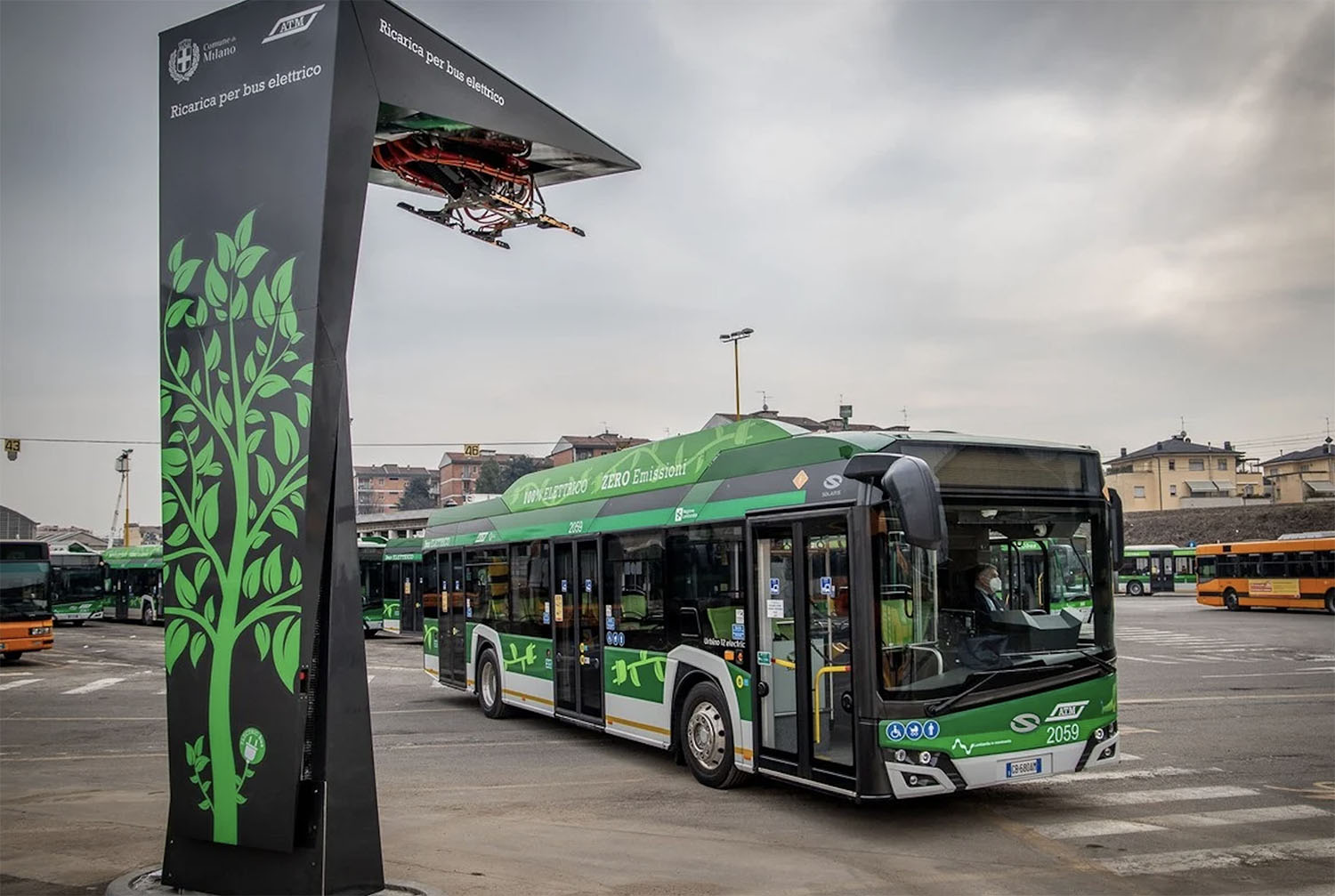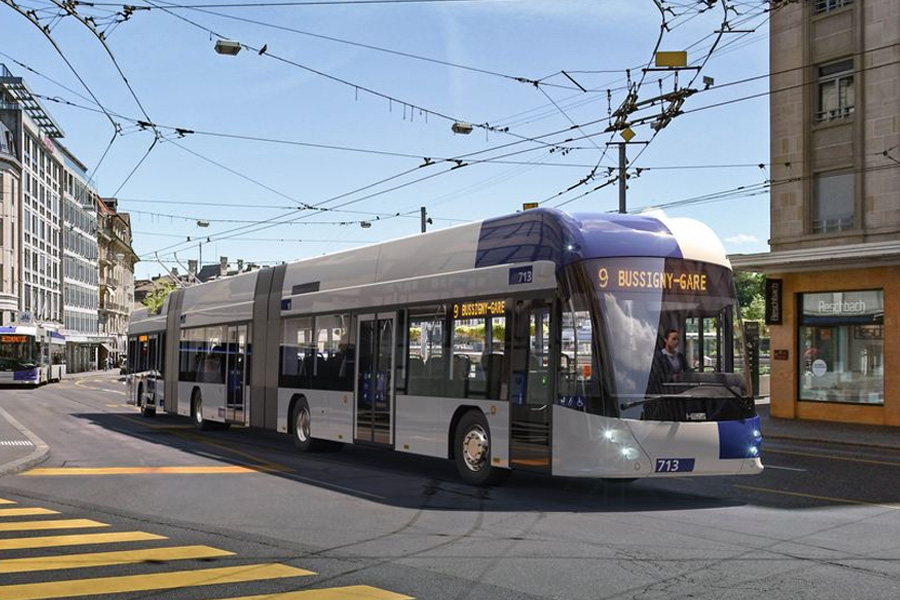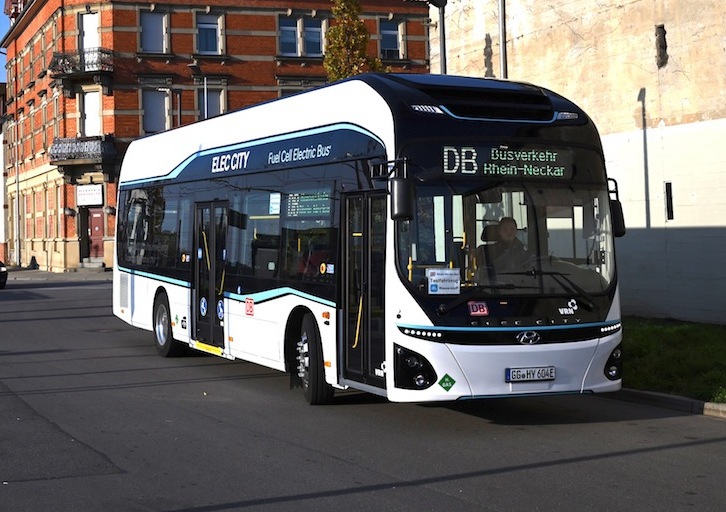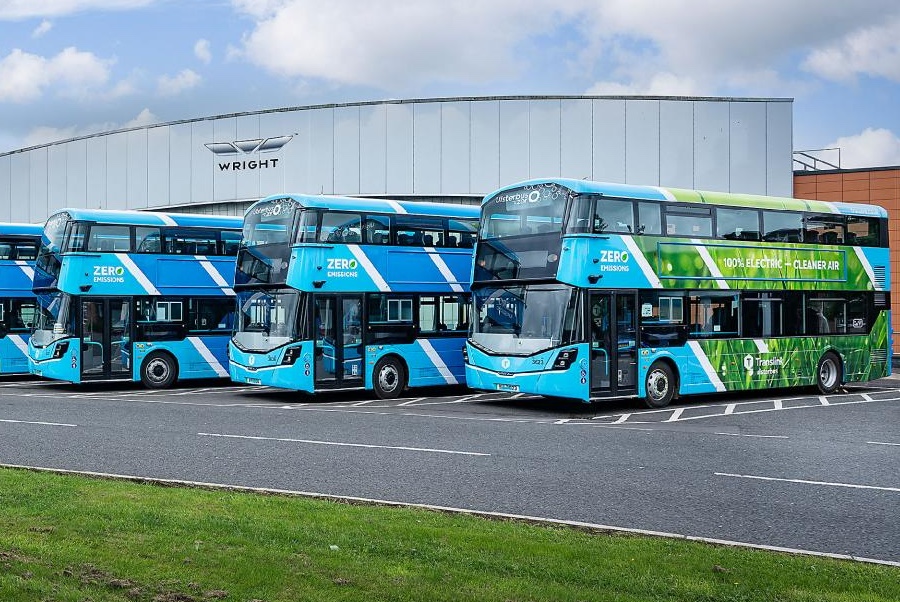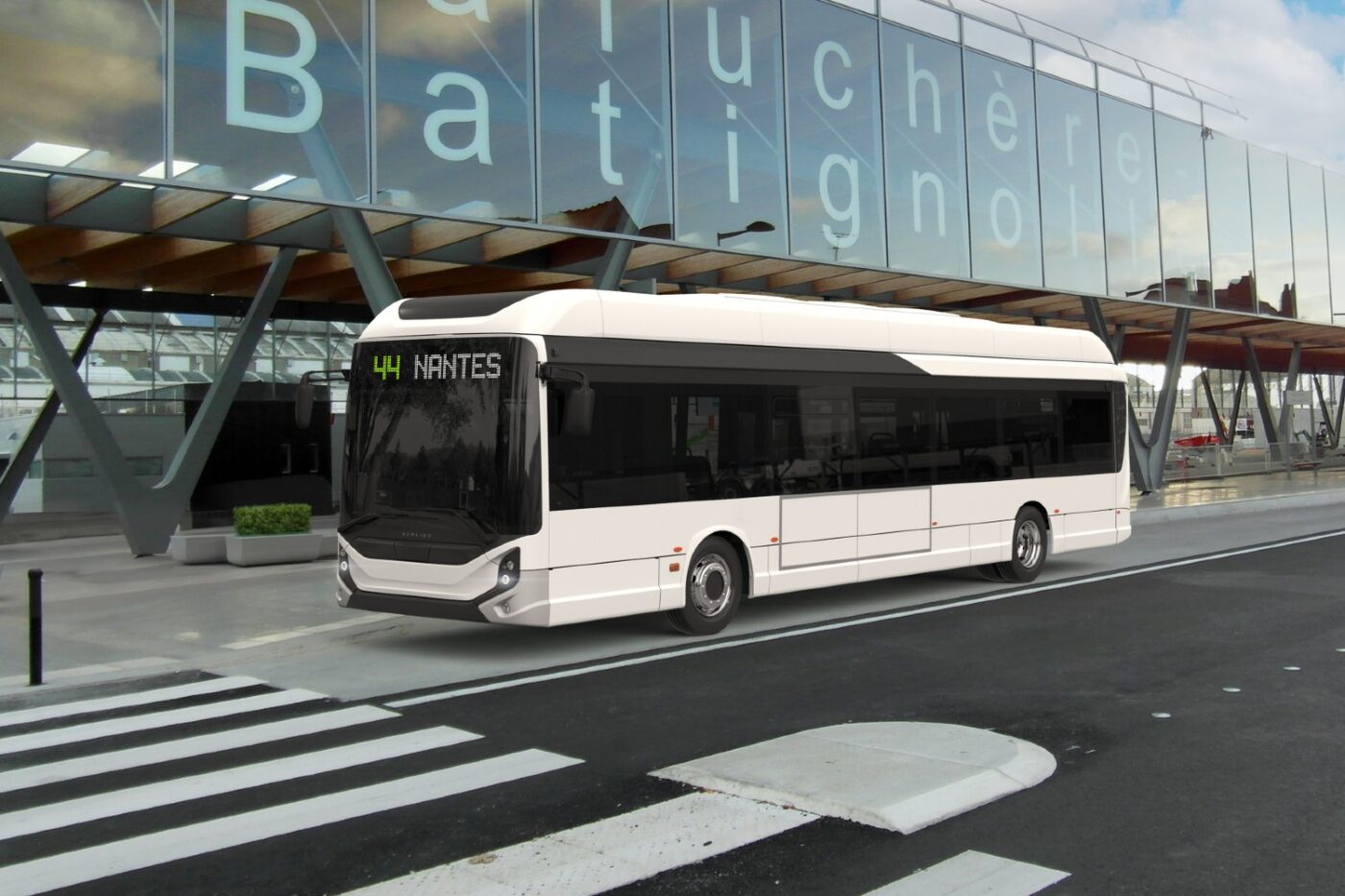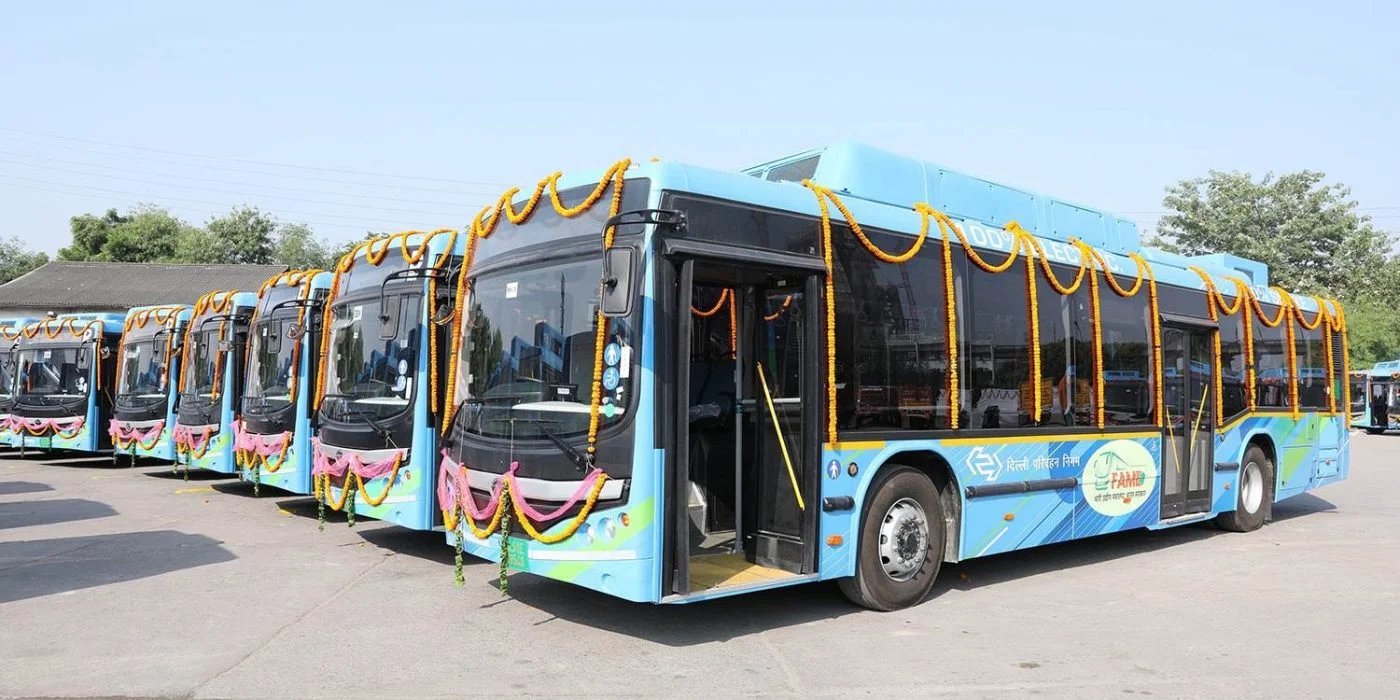ATM Milan, the operator of the city’s public transport system, is ramping up efforts to achieve a fully emission-free bus fleet by 2030, with significant investments and infrastructure upgrades underway.
Currently, ATM boasts approximately 250 electric buses in its fleet, with plans to increase this number to 300 by the end of 2024. Out of a total fleet size of 1,200 vehicles, the operator is eyeing a complete transition to electric buses within the next decade.
“The electrification project for us is the key project, the most important one. We are changing 1200 buses: from diesel to electric,” ATM’s CEO Arrigo Giana stated in an interview with Italian newspaper Corriere della Sera.
ATM’s ambitious plans include the purchase of 550 electric buses by 2026, supported by 293 million euros in public funding and an additional 24 million euros from ATM’s own resources, according to a study by Motus-E, which ATM contributed to.
Infrastructure development plays a crucial role in ATM’s Full Electric Plan, with depots across Milan being equipped to support electric buses. The San Donato depot, for instance, will feature 90 chargers at 100 kW and 2 chargers at 200 kW, while other depots like Sarca and Giambellino will each have 75 chargers at 100 kW and 2 chargers at 200 kW. Additionally, 14 pantograph chargers have been installed throughout the city.
New depots are also set to be constructed, including facilities at Viale Toscana and Viale Triboniano. The Viale Toscana depot, covering 20,000 square meters near Bocconi University, will accommodate up to 100 electric buses and feature innovative elements like green roofs.
ATM’s commitment extends beyond buses, with significant progress reported on the metro front. The long-awaited completion of Metro Line 4 is nearing, underscoring ATM’s comprehensive approach to electrifying public transport in Milan.
“Our goal is clear: to provide efficient and sustainable public transport options that cater to the needs of all Milanese residents,” Giana emphasized.
ATM Milan’s initiative aligns with broader environmental objectives, leveraging over 1.3 billion euros in total investment, including substantial contributions from the European Union’s Next Generation EU funds.

